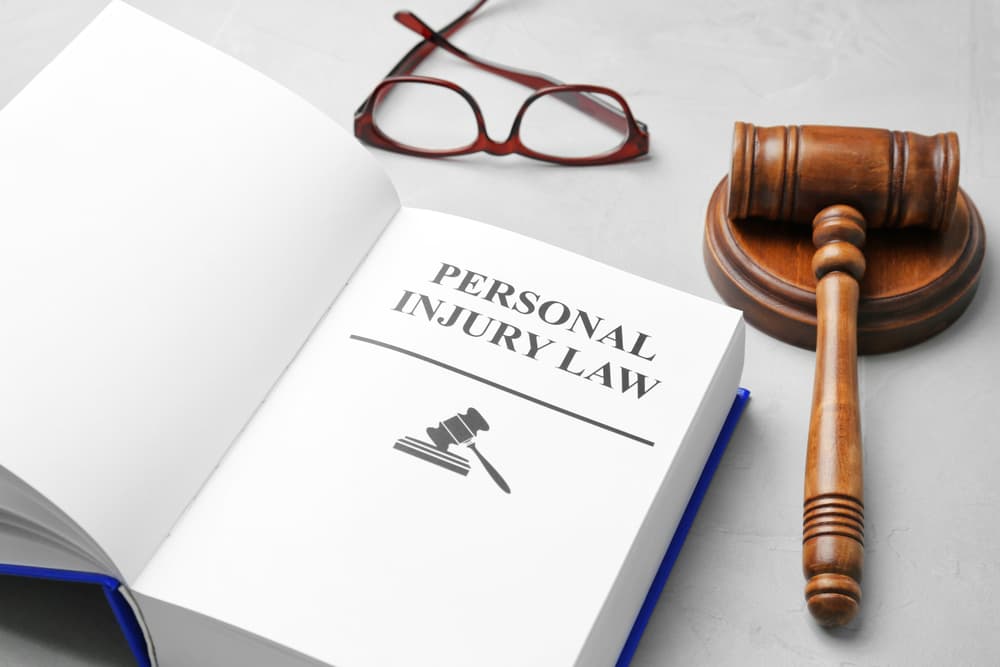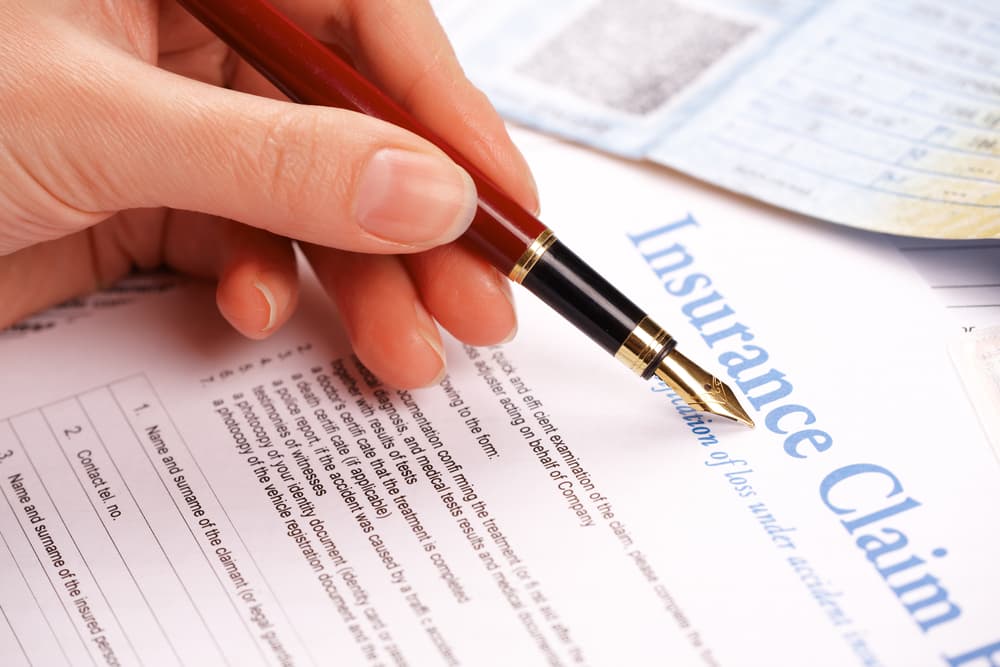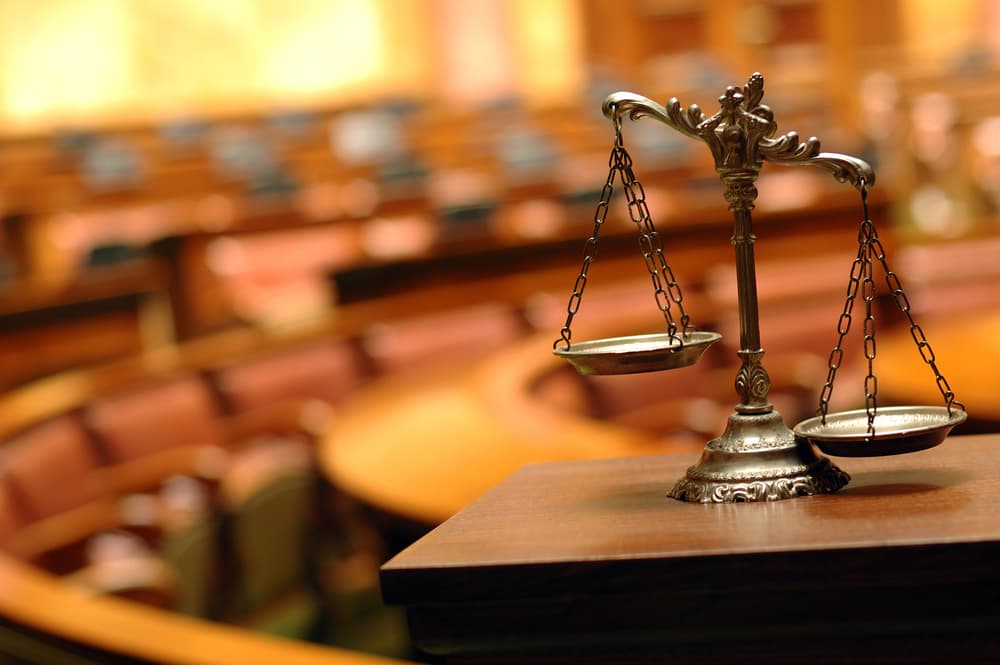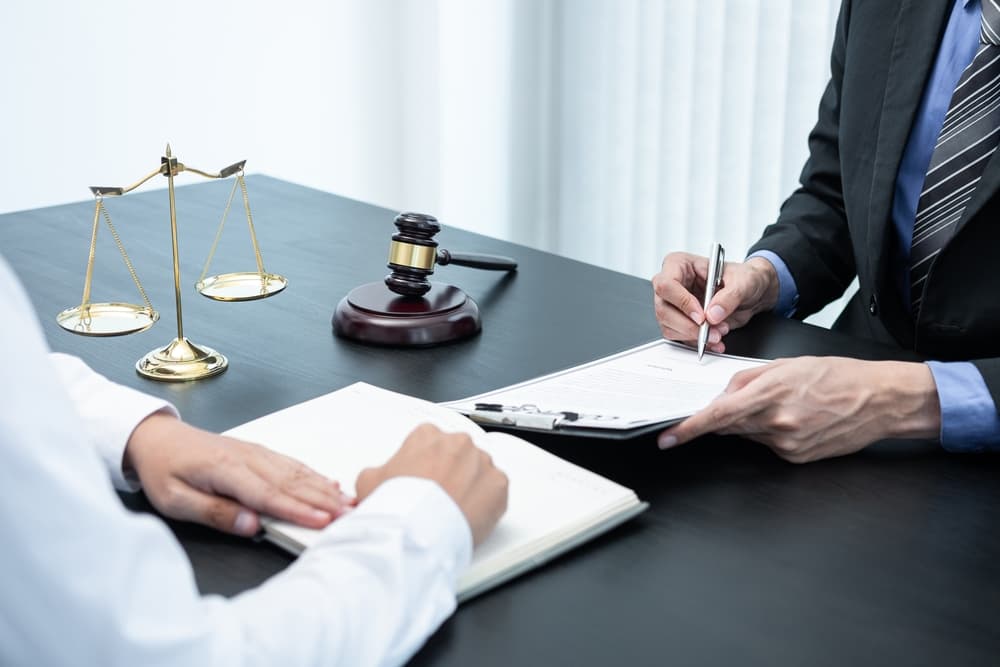If you suffer an injury due to someone else’s negligence, do not wait to seek assistance from a skilled personal injury attorney. A lawyer can guide you through the process of filing a personal injury lawsuit and give you peace of mind as they protect your best interests and work to get you the best possible case result.
Understanding Personal Injury Law

Before diving into the steps of a personal injury lawsuit, it’s essential to grasp what personal injury law entails.
Personal injury law allows an injured party to seek compensation for damages resulting from another party’s negligence or intentional misconduct.
Some of the common kinds of personal injury cases include:
- Vehicular collisions, including car, truck, and motorcycle accidents
- Premises liability incidents, such as slips and falls and dog bites
- Medical malpractice, including failure to diagnose and prescription drug errors
- Product liability claims stemming from defective products
Often, these accidents and incidents result in serious injuries, including brain injuries, spinal cord injuries, and broken bones. These injuries regularly come with costly medical bills, which can be difficult to keep up with. Filing a personal injury claim allows victims to obtain fair financial recovery to cover both present and future expenses and losses resulting from their accidents.
Pre-Lawsuit Steps
There are typically certain steps to take before filing a personal injury lawsuit. A knowledgeable attorney can handle these steps and maintain deadlines as you prepare for a future legal claim.
Consult a Personal Injury Attorney
One of the most important steps is to consult with a personal injury lawyer as soon as possible after sustaining your injuries. Engaging a qualified attorney can significantly impact the outcome of your case.
A personal injury lawyer will help you understand your rights, evaluate the strength of your claim, and guide you through the legal process from beginning to end. Having an attorney on your side can help you feel more confident as you proceed with your lawsuit.
Collect Evidence
Evidence plays a large role in personal injury cases.
Some of the evidence most often used in these cases includes:
- Medical records: Documenting injuries, treatments, and medical expenses is essential. This includes hospital records, doctors’ notes, and bills.
- Accident reports: Official reports from law enforcement officers can provide essential details and an unbiased account of the incident.
- Witness testimonies: Statements from anyone present can support your version of events.
- Photographs and videos: Visual evidence of the accident scene, injuries, or property damage can be very persuasive.
- Work records: If applicable, documents showing lost income or employment impacts due to your injuries can help quantify damages.
- Personal journals or diaries: Documentation of pain, suffering, and emotional distress can support claims for non-economic damages.
- Product evidence: In cases involving defective products, the product itself or its specifications will play a critical role.
Even before meeting with your lawyer, you may already have some evidence for your case. Your attorney can investigate your accident and continue gathering evidence as they proceed with your case.
Establish Negligence
Negligence is often at the heart of personal injury cases. A negligent party failed to act in a reasonable manner, given the circumstances.
Proving the other party’s negligence is a major part of personal injury cases.
This typically involves demonstrating four key elements:
- Duty of care: The defendant had a legal obligation to act with a certain level of care.
- Breach of duty: The defendant breached their duty of care.
- Causation: The breach of duty was the direct cause of the accident.
- Damages: You suffered actual harm from your accident and injuries.
Establishing negligence is often achieved through the use of strong evidence. Your lawyer can obtain the necessary evidence and use it to prove the other party’s wrongdoing.
File an Insurance Claim

Depending on the circumstances, you may have the opportunity to file an insurance claim before filing a lawsuit. For example, if a car accident injures you, you can file an insurance claim through the at-fault driver’s insurance.
Once you file your claim, the insurance company investigates the incident, assesses the value of your losses, and determines whether to approve or deny the claim. Should they approve your claim, they’ll offer a settlement amount.
Your attorney can negotiate with the insurance company for an adequate settlement. Should you settle your claim, you won’t need to file a lawsuit.
However, if the insurance company fails to settle your claim fairly or denies your otherwise valid claim, your lawyer may recommend further legal action.
Steps in the Personal Injury Lawsuit Process
Once you are ready to proceed with your personal injury lawsuit, you can expect the following steps in the legal process.
Filing the Complaint
A personal injury lawsuit begins with the complaint. This document initiates the lawsuit and outlines your allegations against the defendant.
The complaint typically includes:
- Jurisdiction: The court’s authority to hear the case.
- Parties involved: Identification of the plaintiff (you) and the defendant (the party you’re suing).
- Factual allegations: A detailed account of the incident and injuries sustained.
- Legal claims: The specific laws or statutes that the defendant allegedly violated.
- Relief sought: The compensation you’re seeking.
Your lawyer will draft your complaint and file it with the appropriate court.
Serving the Defendant

After filing the complaint, the next step is to formally notify the defendant. This process, known as service of process, ensures that the defendant is aware of the lawsuit and has the opportunity to respond to your complaint.
Depending on the jurisdiction, this can be done through personal service (delivering the complaint directly to the defendant), certified mail, or publication.
Defendant’s Response
Once served, the defendant responds to the complaint.
They may choose to:
- Answer: Responding directly to the allegations.
- File a motion to dismiss: Requesting the court to dismiss the case due to legal deficiencies.
- File a counterclaim: Filing a claim against you, asserting that you are partially or fully responsible for the accident.
The defendant only has a short amount of time (usually 21 to 30 days) to file their response with the court.
Discovery Phase
When the case moves forward, the next stage is discovery. This process allows both parties to gather additional information and evidence.
Discovery can include:
- Interrogatories: Written questions that one party sends to another, requiring a written response.
- Depositions: Sworn testimony taken from witnesses or parties involved in the case. Depositions are recorded, and transcripts can be used in court.
- Requests for production: Formal requests for documents, medical records, or other evidence relevant to the case.
The discovery phase is often the most time-consuming but also necessary to the process. During this time, your lawyer will get everything they need to build and strengthen your case.
Pre-Trial Motions and Negotiations
Before trial, both parties may file various motions to resolve issues or seek dismissal. Additionally, this stage often involves settlement negotiations.
Common pretrial motions include:
- Motion for summary judgment: Requesting the court to rule in favor of one party based on the evidence presented without going to trial.
- Motion in limine: Seeking to exclude certain evidence from being presented at trial.
Depending on motions filed and the outcome of these motions, it can affect how the case proceeds.
Negotiations also often take place once discovery has concluded and before trial. Many personal injury cases are settled before reaching trial. During negotiations, both parties discuss potential compensation.
Your attorney will advise you on the merits of any settlement offer and whether it is in your best interest to accept it. If a case settles, you do not need to go to trial.
Trial
When a settlement cannot be reached, the case will proceed to trial. Trials can be either jury trials or bench trials (decided solely by a judge).
The trial process typically includes:
- Jury selection: In a jury trial, potential jurors are questioned and selected to serve on the jury. Both parties have the opportunity to challenge certain jurors.
- Opening statements: Both sides present their case to the jury at the start of the trial. The plaintiff will outline the claims, followed by the defendant’s introduction of their argument.
- Presentation of evidence: Each party presents its evidence, including witness testimonies, expert opinions, and documentation. The plaintiff goes first, followed by the defendant.
- Closing arguments: After all evidence is presented, both sides make their closing arguments, summarizing the key points and urging the jury to side in their favor.
If it is a jury trial, the jury will deliberate and reach a verdict. If the jury finds in your favor, they will determine the amount of compensation to award.
Collecting Damages
If you win your case or reach a settlement, the next step is to collect your damages. This may involve direct payment from the insurance company or defendant to your lawyer (who then takes their share for their services and writes you a check), or establishing a payment plan if awarded a structured settlement.
Collecting damages can be stressful, but your lawyer can ensure everyone is on the same page and you get your money as quickly as possible.
Time Limits for Filing a Personal Injury Lawsuit
If you’re considering filing a personal injury lawsuit for your accident and injuries, it’s essential to consider the statute of limitations. A statute of limitations is a law imposing a time limit on filing a lawsuit in court.
The statute of limitations depends on your state’s law but may only give you one to six years to file your claim. Sometimes, the type of personal injury case dictates the time you have, as some cases allow for more or less time.
Failing to file your personal injury lawsuit on time can result in forfeiting your rights to the fair financial recovery you deserve. As soon as possible, obtain legal representation for your case. Your attorney can handle your case properly and miss no deadlines.
The Importance of Having Legal Representation

Hiring a personal injury attorney can make all the difference for your case due to:
- Legal knowledge: A personal injury lawyer understands the law and has experience navigating the complex and intimidating legal system.
- Investigation resources: Attorneys have access to resources and expert witnesses that can strengthen your case, such as accident reconstruction specialists and medical professionals.
- Maximizing compensation: Attorneys know how to assess the full extent of damages, including medical expenses, lost income, and pain and suffering, ensuring you pursue the maximum compensation available.
- Negotiation skills: Experienced lawyers are skilled negotiators and can effectively communicate with insurance companies to advocate for your interests, often resulting in better outcomes.
- Handling paperwork: Personal injury cases involve significant paperwork and deadlines. An attorney can manage these tasks, ensuring nothing is missed that can jeopardize your claim.
- Trial experience: If your case goes to trial, you need a lawyer with trial experience. They can present your case effectively in court if necessary.
- Emotional support: An attorney can provide guidance and support, allowing you to focus on recovery.
Overall, a personal injury attorney can substantially improve your chances of reaching a favorable outcome and alleviate the burdens associated with the legal process.
After Suffering an Injury, Seek Guidance From an Experienced Personal Injury Attorney
When you’re facing the possibility of filing a legal claim, do not hesitate to consult with a personal injury attorney. Working with a knowledgeable lawyer can enhance your chances of obtaining the compensation you need and make the process much easier for you.
Every personal injury case is unique. Your attorney will provide guidance tailored to your situation, protecting your rights throughout the legal process. Don’t delay, call a seasoned personal injury attorney today.
